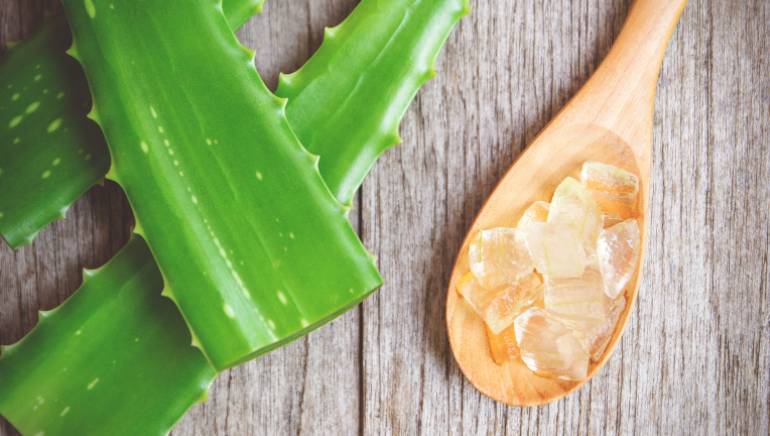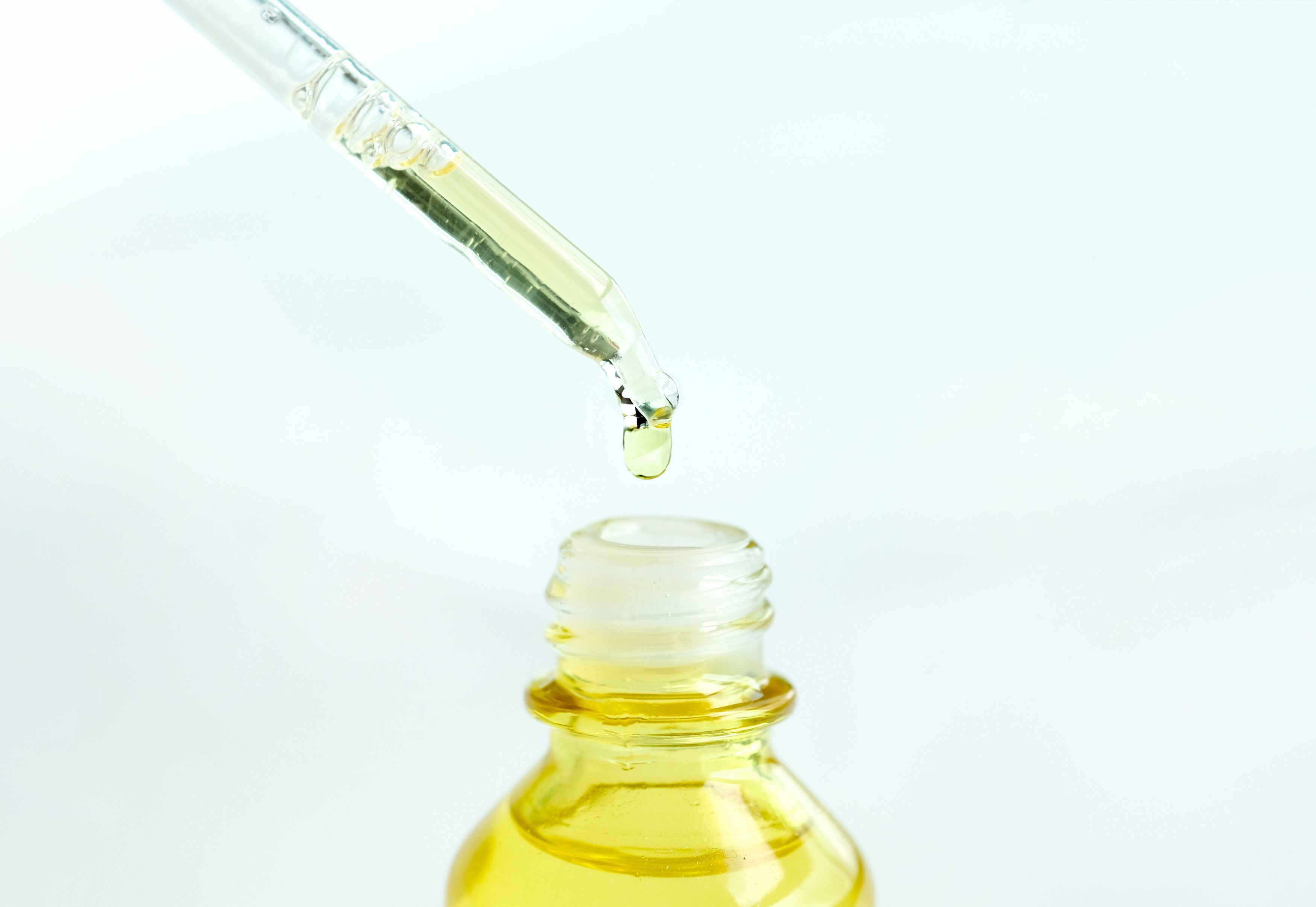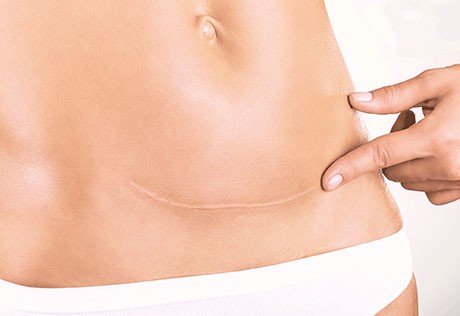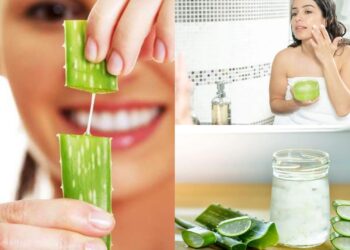Carrying a baby for 9 months can take a toll on any woman. Well, that’s the easy part, some say, because then comes childbirth, the real grueling part. For some lucky women, childbirth, be it the natural way or via C-section surgery, is a breezy affair. Others may experience excruciating pain from the time contraction begins. Well, who said entering motherhood is a joyful ride, right?
It’s a common misconception people have that mothers who give birth via C-section take a rather painless and easy route to avoid “agonizing” vaginal birth. Delivering via C-section is not only as painful as natural birth, but can also be life-threatening to the mother. In the end, regardless of the delivery method, seeing your little healthy baby being welcomed to the world safely is what matters.
/GettyImages-697570129-58fa21953df78ca159cefe33.jpg)
A Caesarean section is major surgery wherein a 6-inch incision is made on the abdomen, cutting through skin, fat and muscles, to deliver the baby. Scarring is a tell-tale sign left behind after the incision wound heals. Of course, it’s a beautiful scar to have imprinted on our bodies, a sign of our babies being born into the world. Although the significance behind the 6-inch discoloured folded skin is beyond measure, some women remain conscious of its presence and prefer for it to vanish over time.
There are some natural remedies which can reduce the scar’s appearance, but they will not make it disappear like Houdini completely. These offbeat home remedies might sound surreal to some seasoned mothers. Rest assured, though, they do the job well enough for you to go, “It worked!”
Here are some of the best-kept “secrets” to reducing your C-section scarring at home.
1. Petroleum jelly (Vaseline):

Keeping the scar moist and covered after the incision has healed is the best way to help reduce scarring after a C-section. According to research, petroleum jelly works as great as scar creams in keeping the area moist and itch-free. Another beauty of Vaseline is that it can prevent the scar from getting too thick or deep. This surely is a must-try remedy in our list!
2. Aloe Vera gel:

Aloe Vera, touted for its many wonders in the health and beauty sphere, is your next bet. Aloe Vera gel not only helps to lighten dark stretch marks and stitch marks, but also soothes pain. If you experience pain or a burning sensation, applying fresh Aloe Vera or the gel will help to relieve pain.
3. Oil massage with vitamin E oil:

Applying vitamin E oil or vitamin E capsule extract on your scar can help it fade away over time. Vitamin E massage oil helps to make your tissues soft and expedites the healing process. Studies have shown that this oil also works miraculously to reduce raised scars by blocking the growth of scar tissue. How amazing!
4. Cocoa butter:

It is said that cocoa butter is rich in anti-oxidants, which help with healing wounds and reducing scarring. Not sure about you, but we’re definitely tempted to smear it all over our faces to get rid of wrinkles. While that sounds great, cocoa butter is also lauded for its magic on stretch marks. It can help reduce the appearance of stretch marks while leaving your skin feeling soft and smooth, just like butter.
5. Lemon:

Lemon juice, which is high in vitamin C, helps scars fade away. Use lemons only after the incision wound has healed completely, not right after surgery, as it might hamper the process of healing. Use a cotton ball and soak it slightly in fresh lemon juice. Then, gently dab it on your healed wound.
Ladies, these remedies may take time to show results because we’re dealing with skin. So, patience and persistence is key here. If you try to rush for quick fixes, it might leave you disappointed. It’s best to consult with your doctor and getting a green light before applying anything on your scar.











